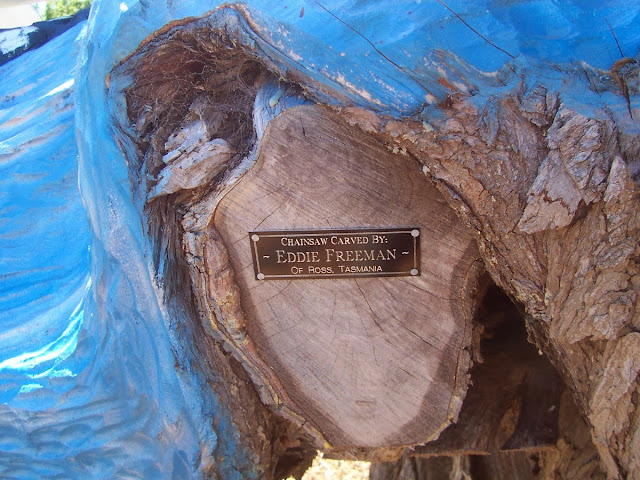Australia Day 2013 at the Low Head Pilot Station
An impressive day in a most impressive location
Low Head Pilot Station is the oldest existing group of Pilot Station buildings in Australia with its ongoing Pilot Service dating from 1805.
What better venue, then, in which to celebrate Australia Day?
The weather was balmy, the music wonderful, the food plentiful and the crowd, when not taking part in the many events, were in a relaxed and happy mood.
.
This large, functional and historic precinct was the venue for this year's Australia Day celebrations and for a municipality of around 6,500 people the turnout was excellent.
I write and produce a website for our Community Radio Station and went along to the event to grab some photos for its Photo Album section.
Just a short drive, or a longish walk, from the Lighthouse Keeper's Cottage, the precinct boasts, along with its ongoing Pilot Service which guides ships through the dangerous entry and journey down the Tamar River to Launceston and Bell Bay, a maritime museum and a great restaurant among other bits and pieces.
Low
Head Pilot Station is the oldest group of pilot buildings in Australia and is the second oldest pilot service (after Sydney) and was the first
pilot station to operate in Australia.
The pilot service dates from 1805, with the appointment of William
House as Harbour Master at Port Dalrymple, and the first building on the
site was probably built in 1806, some 76 years before 'The Cottage.'
The pilot service still operates from this site today.
Cars, Caterers, Boats and Bands Abound
Oh yes! And a beautiful dog
When this magnificent, polite dog came up and asked me to include it in the site I found it impossible to refuse.
Sadly, I was so touched that I forgot to ask its name.
Boats Restored by the Wooden Boat Shed
A display of boats by The Wooden Boat Shed, a part of the Bass and Flinders Centre.
The Bass and Flinders Centre, in George Town, houses a superb replica of the
25 ton Colonial sloop Norfolk.
In 1798, Bass and Flinders sailed the Norfolk through Bass Strait and
round Tasmania, proving that it was an island.
Some of the Wonderful Classic Cars on show
As you probably know I am getting on a tad so, to me, these machines are quite modern.
They were certainly a delight to view regardless.
Food, Food, Food.
I couldn't believe the fact that there were so many outlets offering a wide variety of food and refreshments with most operated by organisations such as Lions and Rotary.
Obviously, it being Australia and Australia Day, the burger and the sausage sanga, along with the odd beer, prevailed.
All the Fun of the Fair
There were Jumping Castles, rides and a bucket load of contests for young and old.
This is the junior Egg and Spoon race and, sadly, I missed the shot where the slightly embarrased Mayor dropped his egg just before the half way mark.There was an Australia Day dress Competition, Children's Amusements, Damper Making, Food Stalls and other fun activities
and a 5km Fun Run from the Pilot Station, running to the Lighthouse and back.
And the Band Played Waltzing Matilda
Weary with toil the crowd moved toward the band relaxing on the expansive lawn.
All in all a briliant day and its organisers are to be congratulated for its smooth, efficient running.

























